Home>Garden Essentials>How To Plant Carrot Seeds
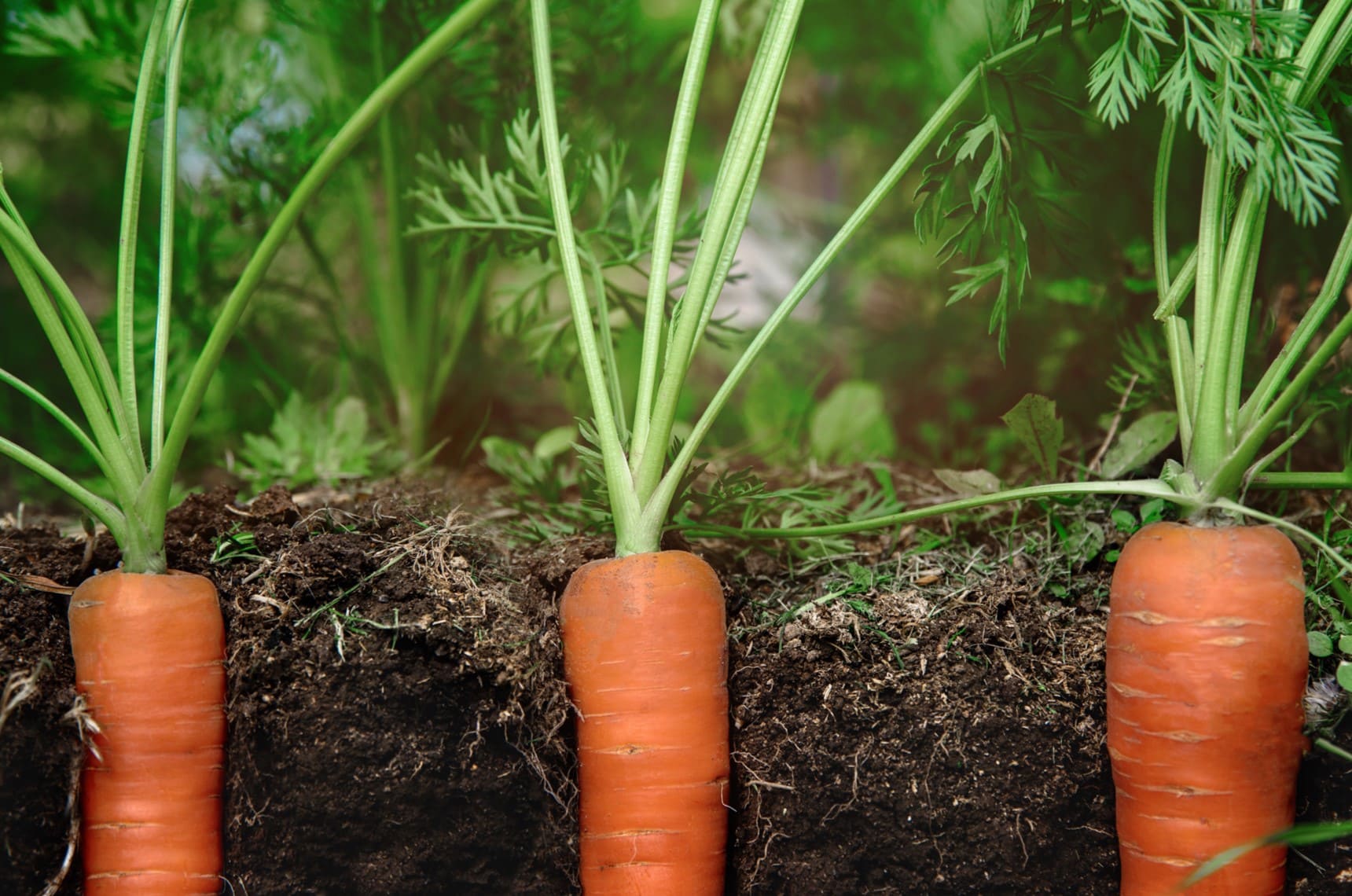

Garden Essentials
How To Plant Carrot Seeds
Modified: April 22, 2024
Learn how to plant carrot seeds in your garden and enjoy fresh, homegrown carrots. Follow our step-by-step guide for successful carrot cultivation.
(Many of the links in this article redirect to a specific reviewed product. Your purchase of these products through affiliate links helps to generate commission for Storables.com, at no extra cost. Learn more)
Introduction
Welcome to our comprehensive guide on how to plant carrot seeds! Whether you’re a seasoned gardener or just starting out, growing your own carrots can be a rewarding and fulfilling experience. Carrots are not only delicious to eat, but they also offer numerous health benefits, packed with vitamins, minerals, and fiber.
In this article, we will walk you through the step-by-step process of successfully planting carrot seeds. From choosing the right seeds to caring for your carrot plants, we’ve got you covered. So, let’s dig in and get started!
When it comes to planting carrots, the key is to provide them with the optimal growing conditions. This includes choosing the right seeds, preparing the soil, planting the seeds, and ensuring proper care and maintenance throughout the growing season. By following our expert tips and techniques, you’ll be well on your way to a bountiful harvest of fresh, homegrown carrots.
So, let’s get our hands dirty and discover the secrets to planting and growing carrots!
Key Takeaways:
- Choose the right carrot seeds based on your preferences and local climate. Prepare the soil by removing obstacles, adding organic matter, and ensuring proper drainage for healthy growth.
- Plant carrot seeds with care, providing consistent moisture and protection from extreme temperatures. Harvest at the right time and overcome common challenges for a successful carrot garden.
Read more: Where Are Carrot Seeds On The Plant
Choosing the Right Seeds
Choosing the right seeds is crucial for a successful carrot garden. Here’s what you need to consider:
- Variety: Carrots come in various shapes, sizes, and colors. Some popular varieties include Nantes, Danvers, and Chantenay. Consider your preferences and growing conditions when selecting a carrot variety.
- Seed Quality: Look for high-quality carrot seeds from reputable suppliers. Check the packaging for information on germination rates and seed viability.
- Organic vs. Non-Organic: Decide whether you want to grow organic carrots. Organic seeds are grown without the use of synthetic fertilizers or pesticides.
- Climate Considerations: Take into account your local climate and growing season. Some carrot varieties are better suited for cooler climates while others thrive in warmer regions.
It’s important to note that carrots are a biennial plant, meaning they complete their life cycle in two years. However, they are typically grown as annuals, harvested in their first year when the roots are fully formed.
Once you’ve decided on the type of carrot seeds you want to plant, it’s time to prepare the soil for optimal growth.
Preparing the Soil
Before planting carrot seeds, it’s crucial to prepare the soil to create the perfect environment for growth. Here are the steps to follow:
- Clear the area: Remove any weeds, rocks, or debris from the area where you plan to grow your carrots. Carrots need uninterrupted space to grow their long roots.
- Loosen the soil: Carrots prefer loose, well-draining soil. Use a garden fork or tiller to loosen the soil to a depth of at least 8 inches. This will ensure that the roots have plenty of room to grow and access water and nutrients.
- Remove obstacles: Check for any obstacles such as stones or hard clumps of soil. Carrots need smooth soil to develop straight, uniform roots.
- Amend the soil: Carrots thrive in soil that is rich in organic matter. Incorporating compost or well-rotted manure into the soil will provide essential nutrients and improve its structure. Aim for a soil pH level between 6.0 and 6.8, slightly acidic to neutral.
- Level the soil: Smooth out the soil surface to create an even planting bed. Rake the soil gently to remove any large clumps, but avoid compacting it.
Once the soil is prepared, it’s time to sow your carrot seeds and begin the planting process.
Planting Carrot Seeds
Now that you have prepared the soil, it’s time to plant carrot seeds. Here’s how to do it:
- Timing: Carrots are cool-season crops and prefer to be planted in early spring or fall. The soil temperature should be around 50 to 80°F (10 to 27°C) for optimal germination.
- Sowing: Use your finger or a small tool to create shallow furrows in the soil, about ¼ to ½ inch (0.6 to 1.3 cm) deep. Space the furrows about 2 to 3 inches (5 to 7.6 cm) apart.
- Seed spacing: Carrot seeds are small, so they need to be spaced properly to ensure healthy root development. Sow the seeds about 1 inch (2.5 cm) apart within the furrow.
- Seed depth: Carrot seeds should be planted at a depth of about ¼ to ½ inch (0.6 to 1.3 cm) in the soil. It’s important not to bury them too deep, as they need sunlight to germinate.
- Cover and water: Gently cover the seeds with soil and lightly tamp it down. Water the newly planted seeds using a gentle mist or a watering can with a fine spout. Be careful not to wash away the seeds.
Carrot seeds typically take around 7 to 21 days to germinate, depending on the variety and growing conditions. During this time, it’s important to keep the soil consistently moist but not waterlogged. Check the moisture level regularly and water as needed.
As the seedlings start to emerge, you may need to thin them out to ensure proper spacing. Thin the seedlings to about 2 to 3 inches (5 to 7.6 cm) apart, allowing enough room for the carrots to grow into mature plants.
Now that your carrot seeds are planted, it’s time to provide them with the care and maintenance they need to thrive.
When planting carrot seeds, make sure to choose a sunny spot with well-drained soil. Sow the seeds shallowly, about 1/4 inch deep, and keep the soil consistently moist for germination. Thin the seedlings to allow room for the carrots to grow.
Care and Maintenance
Proper care and maintenance are essential for healthy carrot plants and a bountiful harvest. Here are some tips to help you nurture your carrot garden:
- Watering: Carrots need consistent moisture for optimal growth. Keep the soil evenly moist, but avoid overwatering, as it can lead to rot. Water deeply once or twice a week, depending on the weather conditions.
- Weeding: Regularly weed your carrot garden to prevent competition for nutrients and space. Be careful not to disturb the delicate carrot roots while weeding.
- Thinning: If you didn’t thin your seedlings during the early stages, thin them once they reach a height of 2 inches (5 cm). Remove the weakest plants, leaving about 2 to 3 inches (5 to 7.6 cm) between each carrot to allow room for growth.
- Fertilization: Generally, carrots don’t require heavy fertilization if the soil was properly amended before planting. However, if your soil is lacking in nutrients, you can apply a balanced organic fertilizer once or twice during the growing season.
- Pest and disease control: Carrots can be susceptible to pests like aphids, carrot rust flies, and nematodes. Monitor your plants regularly and take appropriate measures to control pests and prevent diseases. Natural remedies, such as companion planting and insecticidal soaps, can help minimize pest issues.
- Protect from extreme temperatures: Carrots prefer cool temperatures and can bolt or become bitter in hot weather. Use shade cloth or plant them in a location that provides some protection from the intense sun.
By providing the right care and maintenance to your carrot plants, you’ll ensure their healthy growth and increase your chances of a successful harvest.
Now, let’s move on to the exciting part – harvesting your homegrown carrots!
Read more: How To Plant Carrot Seeds In Garden
Harvesting Carrots
Harvesting carrots is an exciting moment for every gardener. Here’s a step-by-step guide to help you know when and how to harvest your carrots:
- Timing: Carrots are usually ready for harvesting around 60 to 80 days after planting, depending on the variety. Check the seed packet or catalog for specific information on the maturity timeline.
- Inspecting maturity: Carrots are typically mature when the tops of the roots have reached their full color and diameter. Gently brush off the soil from the top of a carrot to evaluate its size and color. Avoid pulling up the entire plant for inspection.
- Loosening the soil: Before harvesting, gently loosen the soil around the base of the carrot to make it easier to pull out without breaking the root.
- Harvesting: Grasp the foliage above the carrot, close to the root, and gently pull straight upward. If the soil is compacted or the carrots are tightly packed together, you may need to use a garden fork or trowel to carefully lift them out.
- Post-harvest preparation: Once harvested, remove the foliage from the carrots by cutting it off about an inch above the crown. Avoid washing the carrots immediately, as dampness can promote decay. Instead, gently brush off any excess soil.
- Storage: Carrots can be stored in a cool, dark, and humid environment to prolong their shelf life. Remove any damaged or diseased carrots and store the rest in a refrigerator or a root cellar. Place them in a perforated plastic bag or container with damp sand to maintain humidity.
Enjoy the fruits of your labor by incorporating your freshly harvested carrots into delicious recipes or simply enjoying them raw as a crunchy snack.
Now, let’s address some common challenges and troubleshooting tips to help you overcome any issues you may encounter along the way.
Common Challenges and Troubleshooting
While growing carrots can be a rewarding experience, there are some common challenges that gardeners may face. Here are a few issues you may encounter and some troubleshooting tips:
- Poor germination: If your carrot seeds have low germination rates, try soaking them in water overnight before planting to help speed up the process. Additionally, ensure that the soil is consistently moist and that the temperature is within the required range for germination.
- Carrot pests: Carrots can attract various pests, such as aphids, carrot flies, and nematodes. To control aphids, you can spray a mixture of water and dish soap onto the plant. For carrot flies, use floating row covers to prevent them from laying eggs on the plants. Nematodes can be controlled by planting marigolds and other nematode-resistant plants nearby.
- Poor root development: If your carrots are developing twisted or forked roots, this can be a sign of compacted or rocky soil. Make sure to properly prepare the soil before planting to ensure loose and fertile conditions for the roots to grow straight.
- Thinning issues: If you didn’t thin your carrot seedlings properly, overcrowding can lead to stunted growth and smaller carrots. If the carrots are too close together, thin them out carefully to ensure enough space for each carrot to develop.
- Weed competition: Weeds can compete with carrots for nutrients and water. Regular weeding is essential to keep the carrot bed clear of unwanted plants. Use mulch to suppress weed growth and conserve soil moisture.
Remember, gardening involves trial and error, and each growing season provides valuable learning experiences. Don’t be discouraged if you face challenges along the way. With patience, observation, and adjustments, you’ll overcome these obstacles and grow beautiful, healthy carrots.
Now that you have a good understanding of how to plant and care for carrots, it’s time to put your knowledge into practice and enjoy the process of growing your own delicious and nutritious carrots.
Happy gardening!
Conclusion
Congratulations! You have reached the end of our comprehensive guide on how to plant carrot seeds. We hope that this article has provided you with valuable insights and practical tips to help you successfully grow your own carrots.
By choosing the right seeds, preparing the soil, planting with care, and providing proper maintenance, you can ensure healthy growth and a bountiful harvest of delicious and nutritious carrots.
Remember to select the appropriate carrot variety based on your preferences and local climate. Take the time to prepare the soil by removing obstacles, improving its structure with organic matter, and ensuring proper drainage.
When planting carrot seeds, be mindful of the depth and spacing to promote healthy root development. Thin out seedlings as needed and provide consistent moisture, careful watering, and protection from extreme temperatures.
Harvest your carrots at the right time by inspecting their size, color, and maturity. Take care while removing them from the soil to avoid damage, and store them properly to maintain freshness and flavor.
Throughout the process, you may encounter common challenges such as poor germination, pests, and issues with root development. However, with the troubleshooting tips provided, you can overcome these obstacles and enjoy a successful carrot harvest.
Gardening is a journey, and every season presents an opportunity to learn and grow. Enjoy the process, stay observant, and be open to making adjustments along the way.
Now, armed with your newfound knowledge, it’s time to roll up your sleeves, grab your gardening tools, and create your own carrot garden. Whether you have a small container garden or a sprawling backyard, growing carrots can be a rewarding experience for gardeners of all levels.
So go ahead, nurture your carrot plants with care, watch them thrive, and indulge in the joy of harvesting and savoring your very own homegrown carrots.
Happy gardening!
Frequently Asked Questions about How To Plant Carrot Seeds
Was this page helpful?
At Storables.com, we guarantee accurate and reliable information. Our content, validated by Expert Board Contributors, is crafted following stringent Editorial Policies. We're committed to providing you with well-researched, expert-backed insights for all your informational needs.
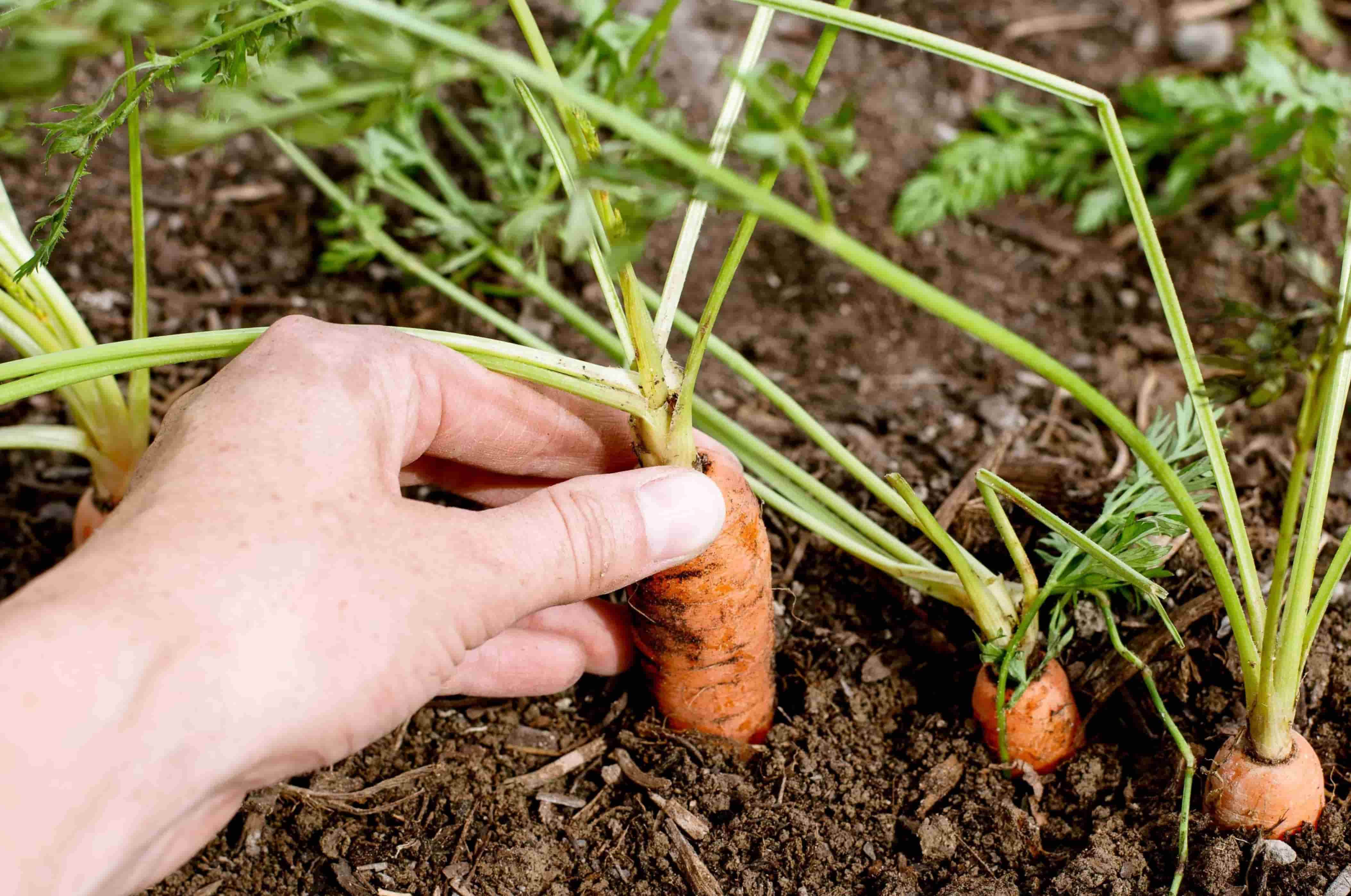
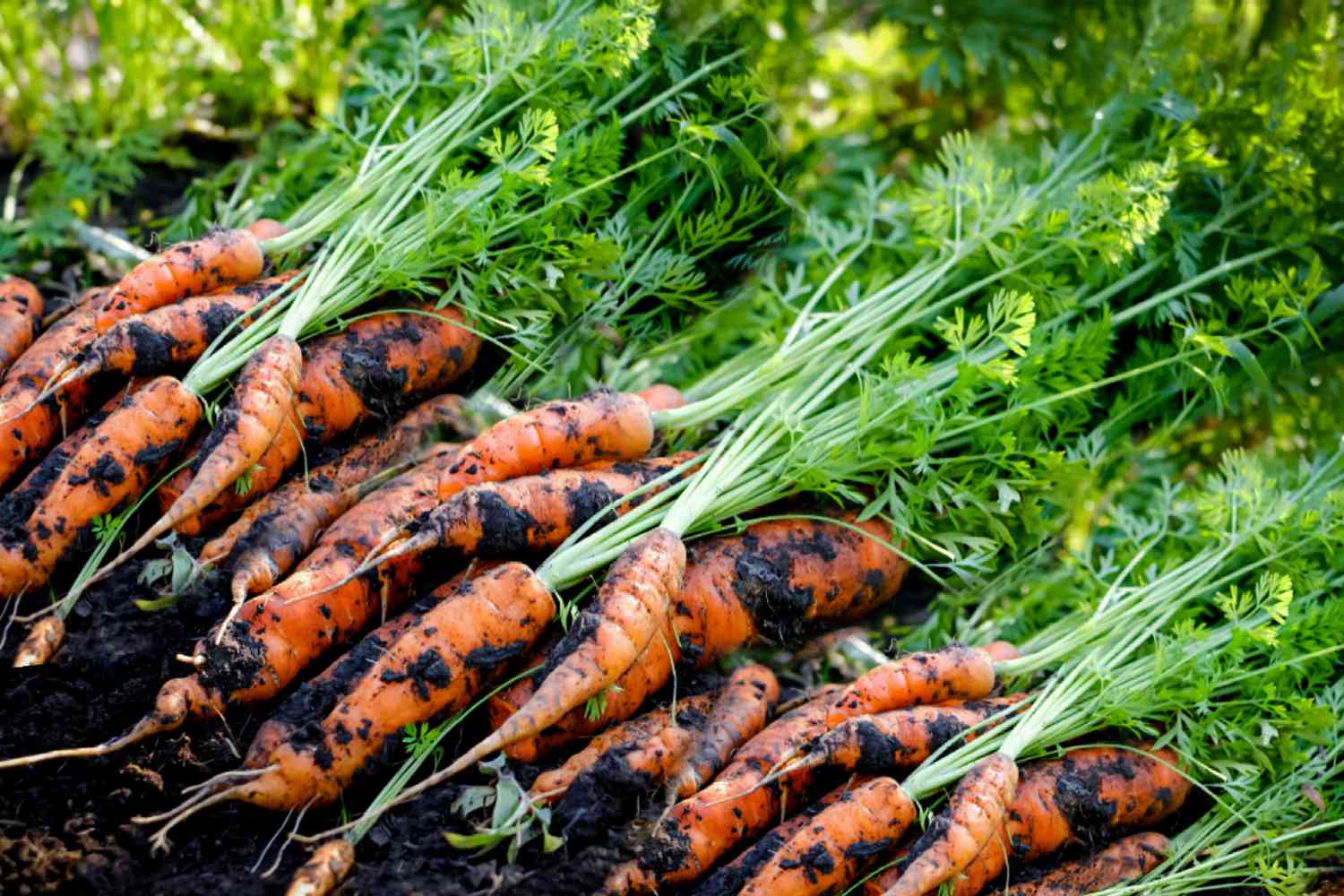
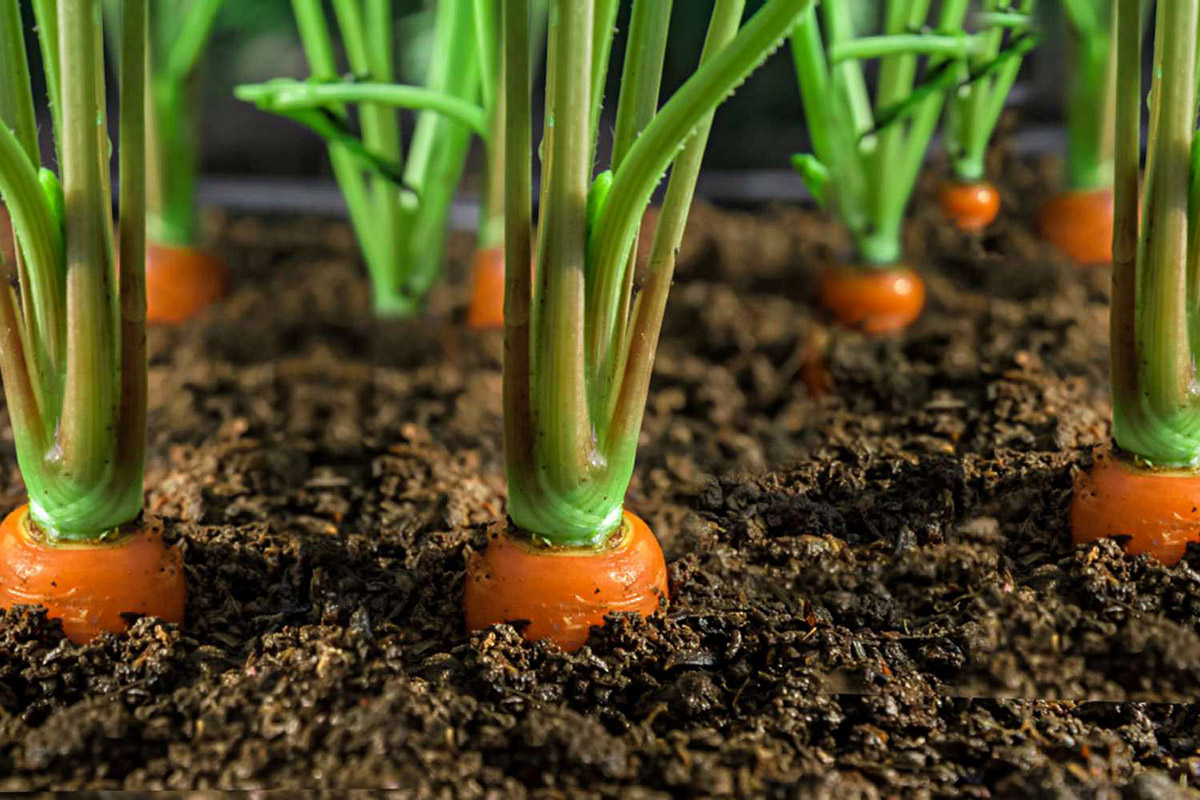

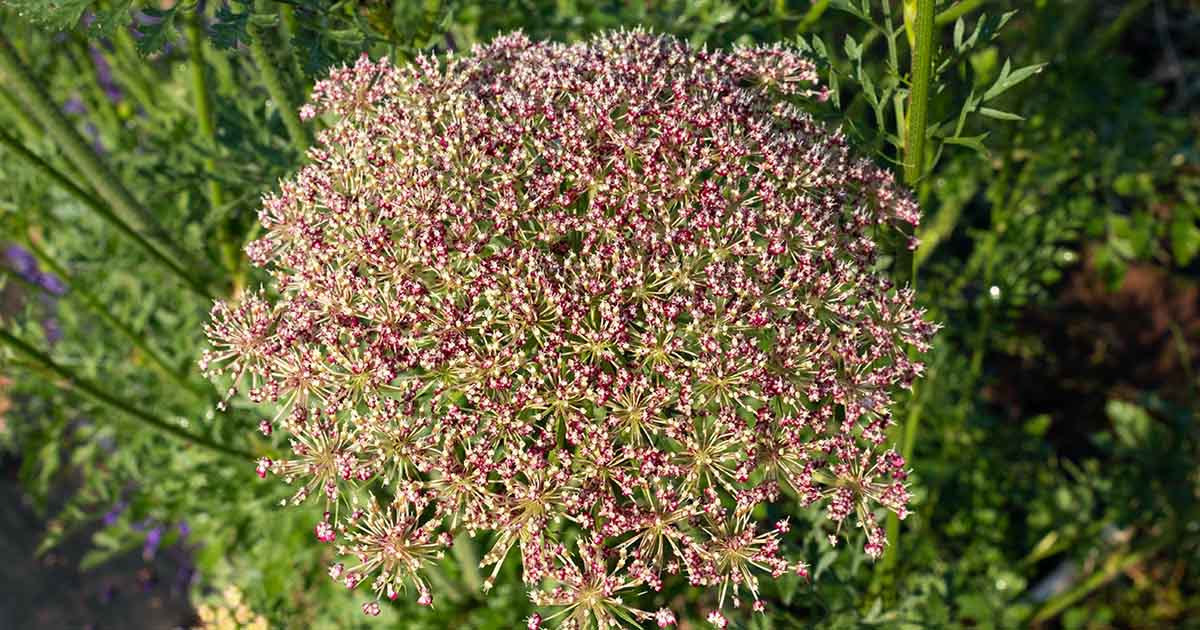
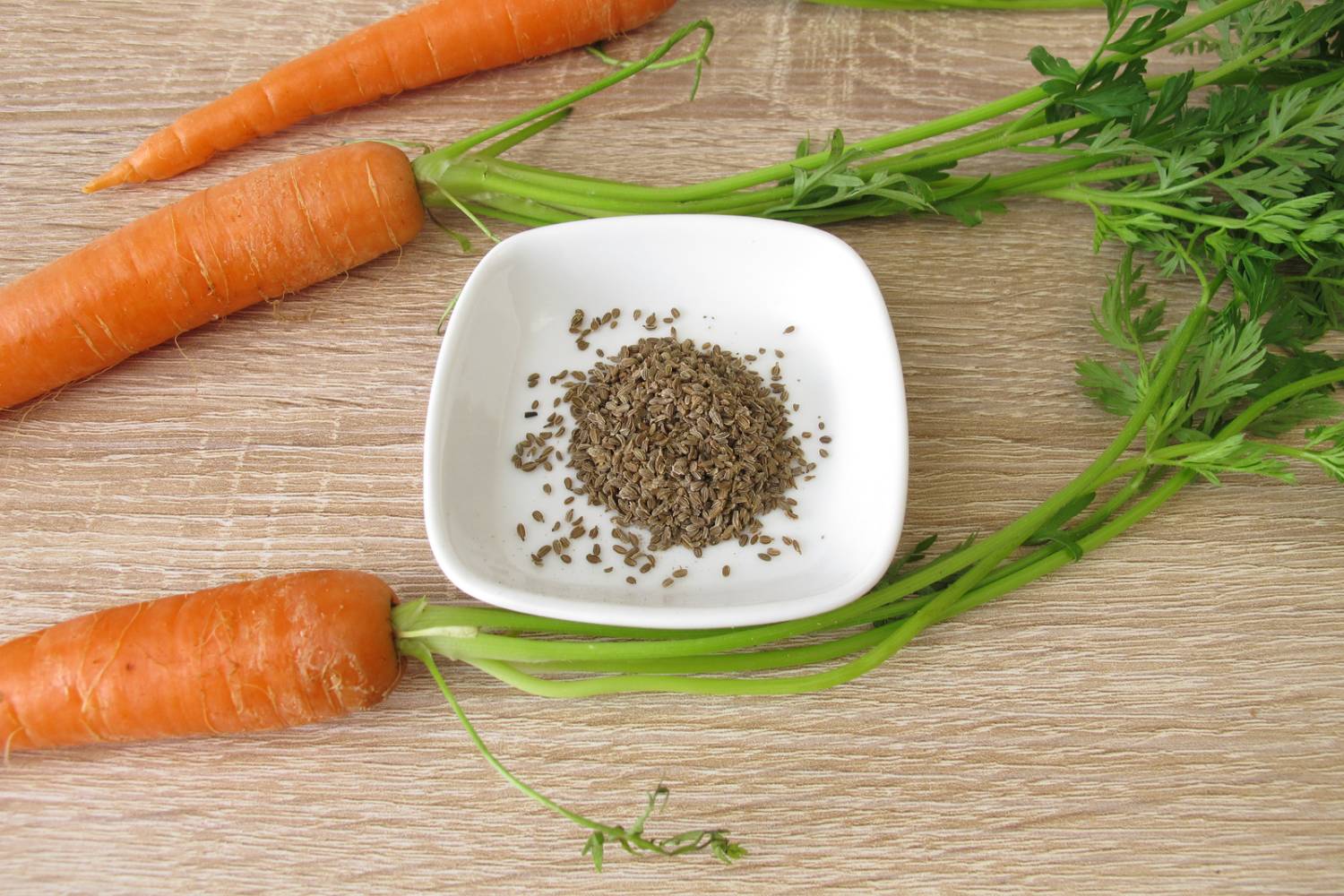
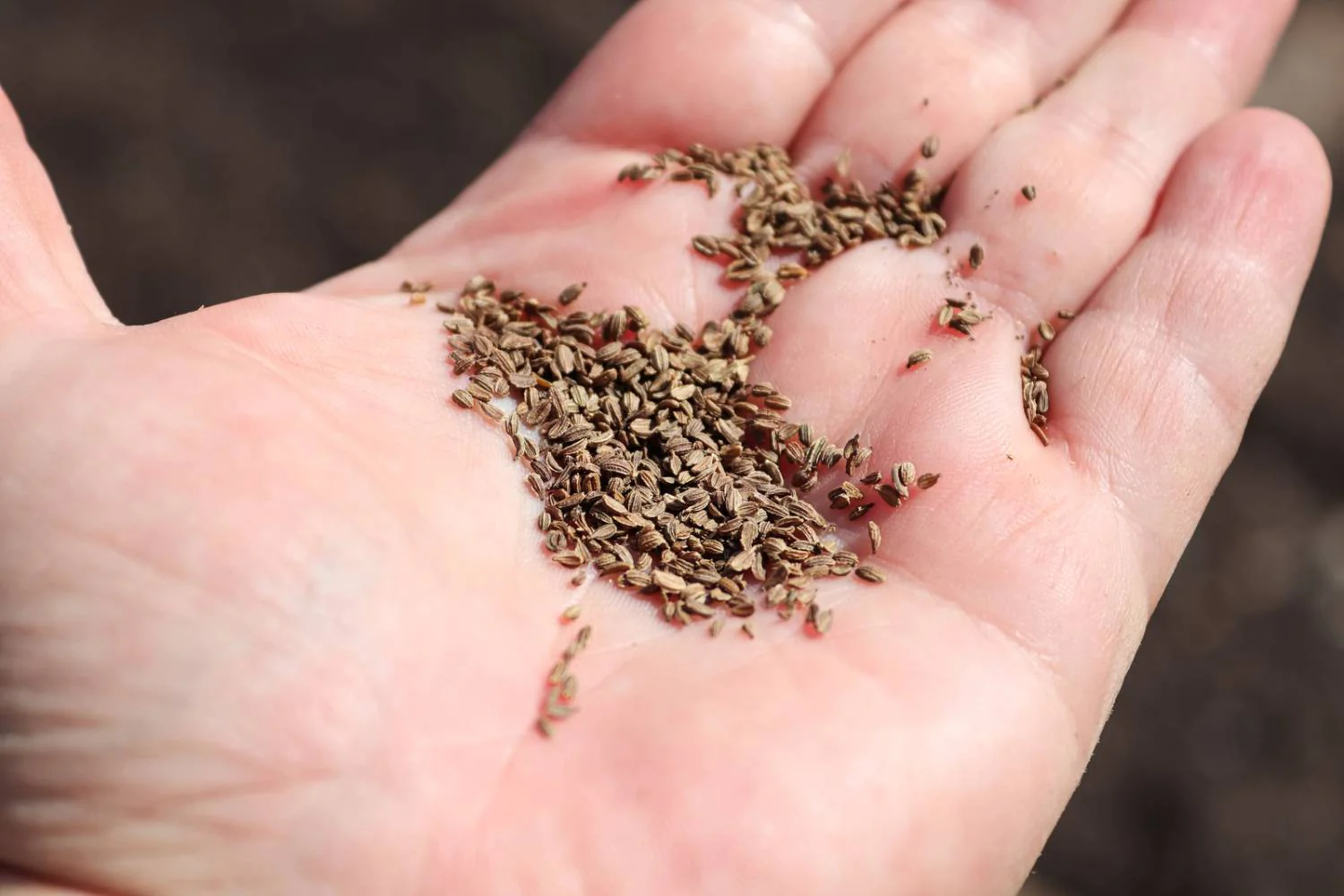
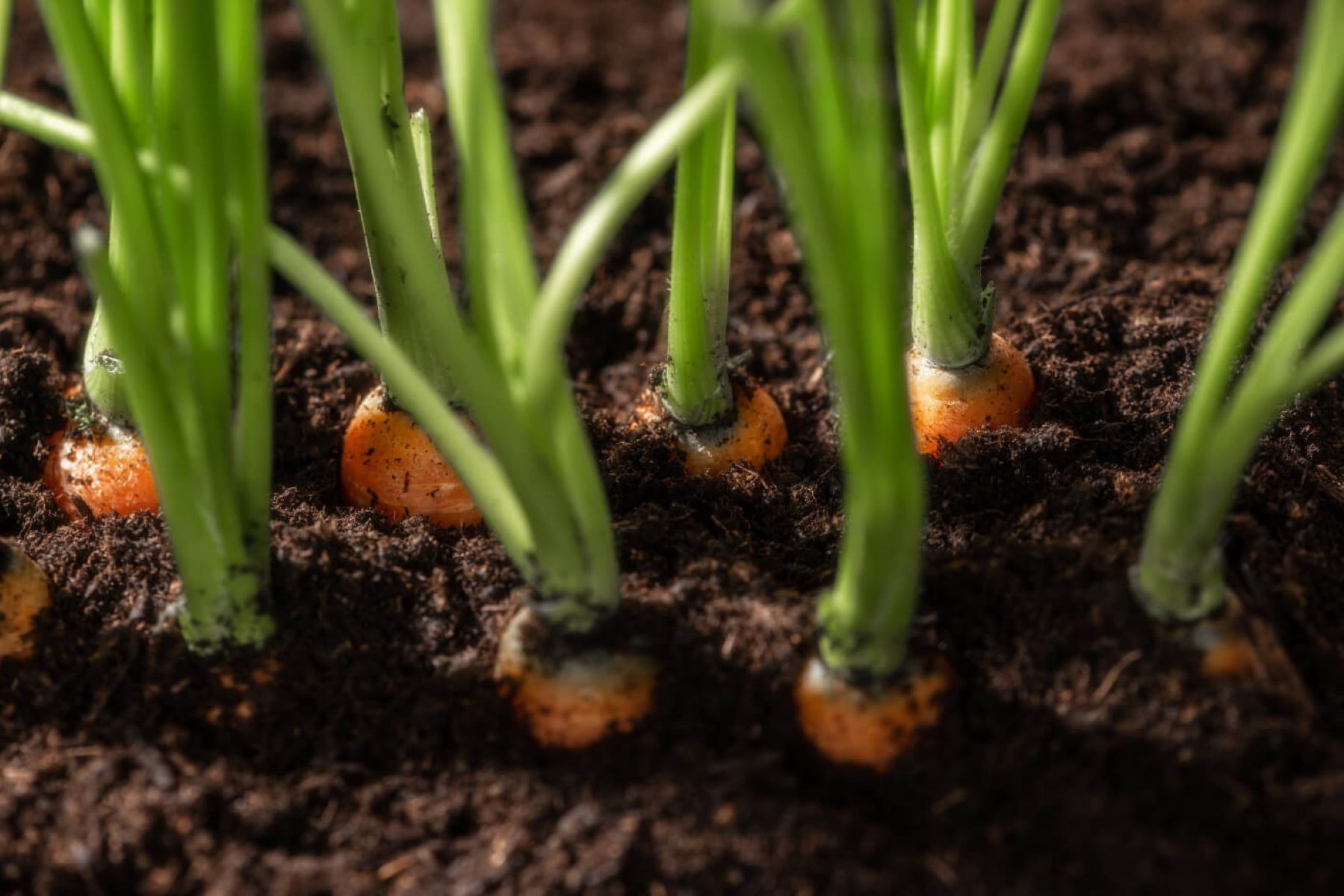
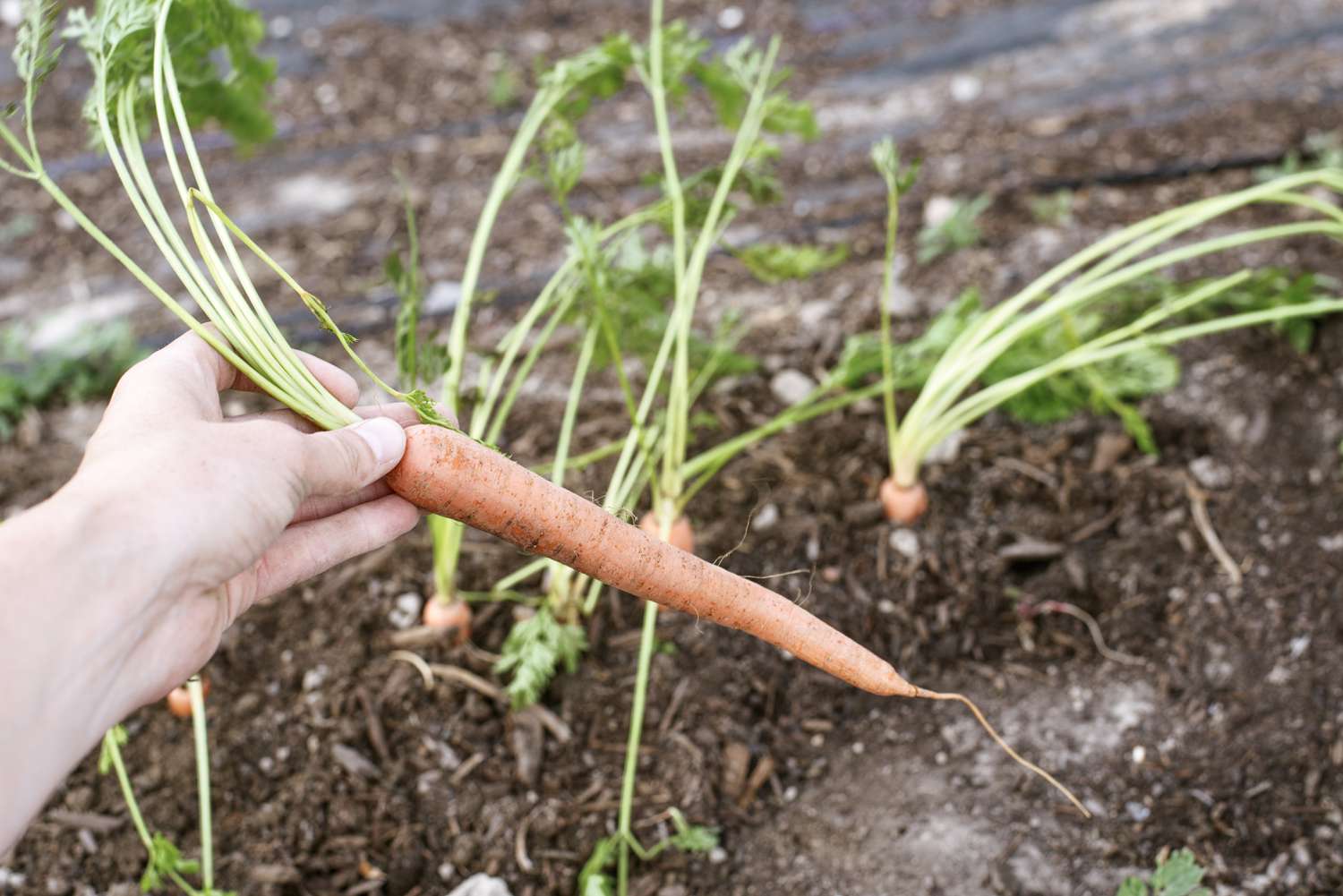
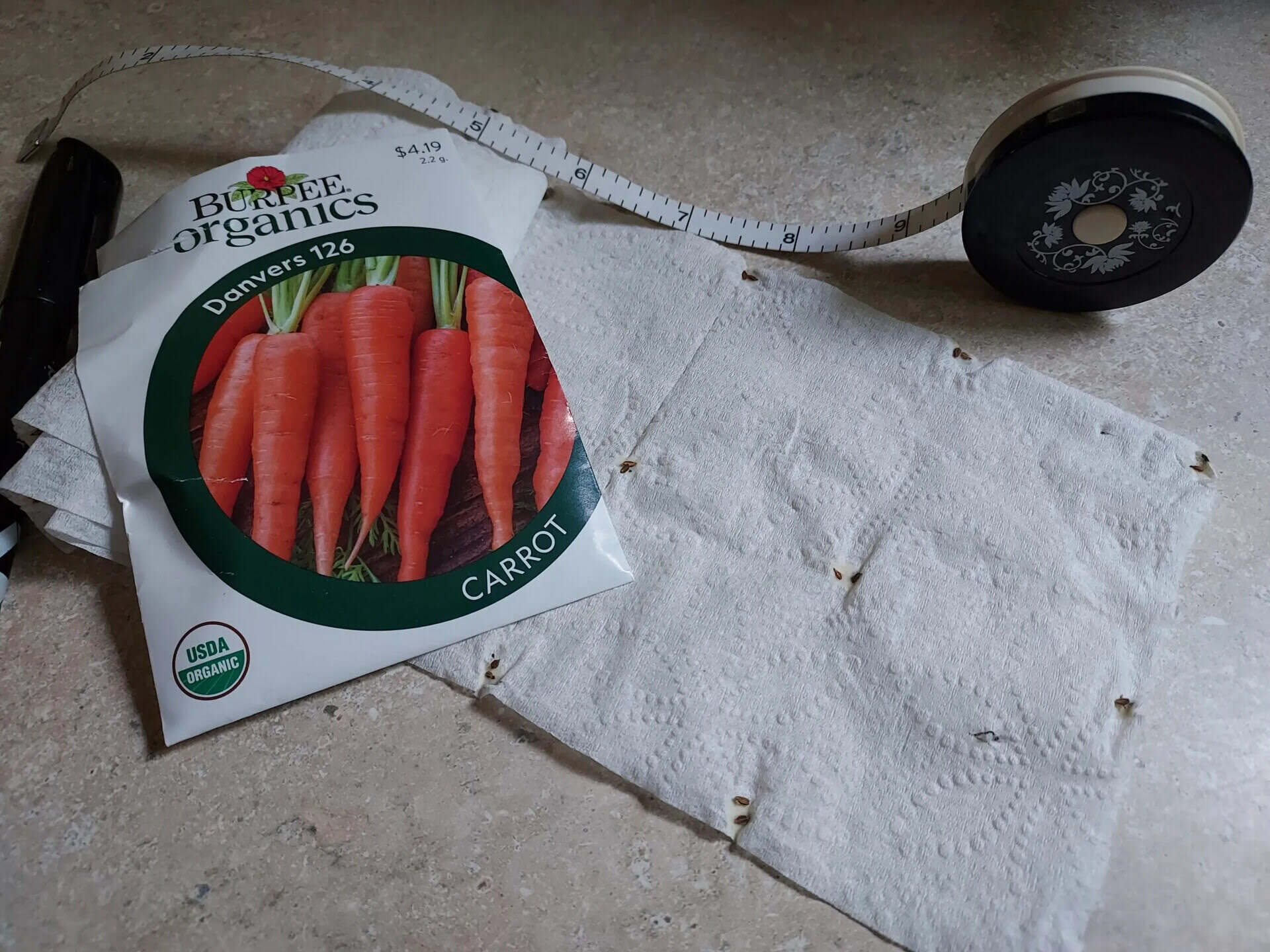
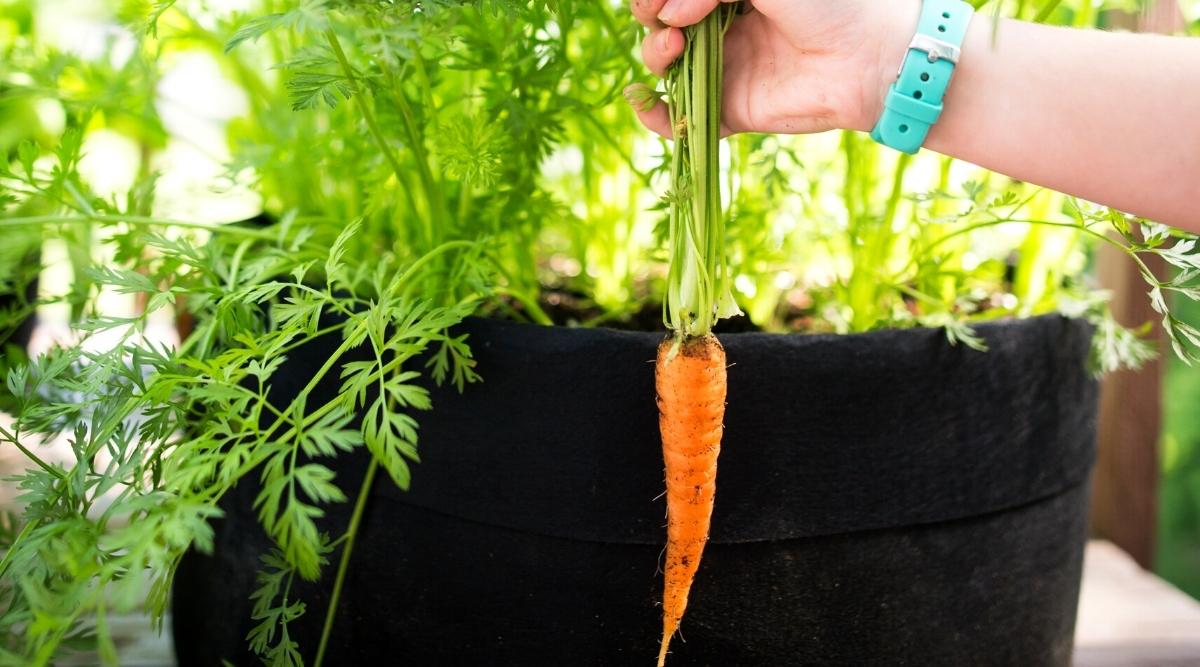
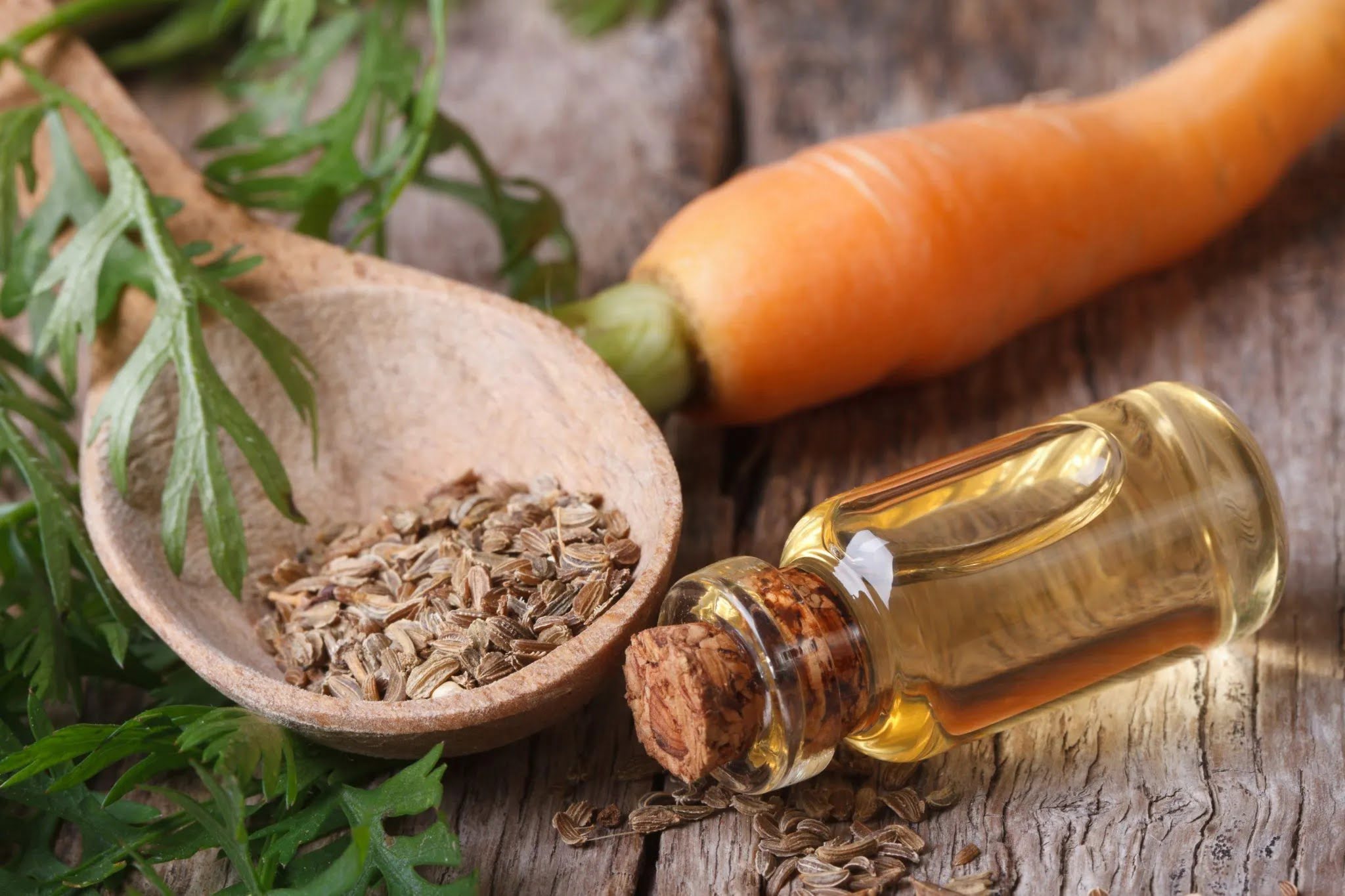
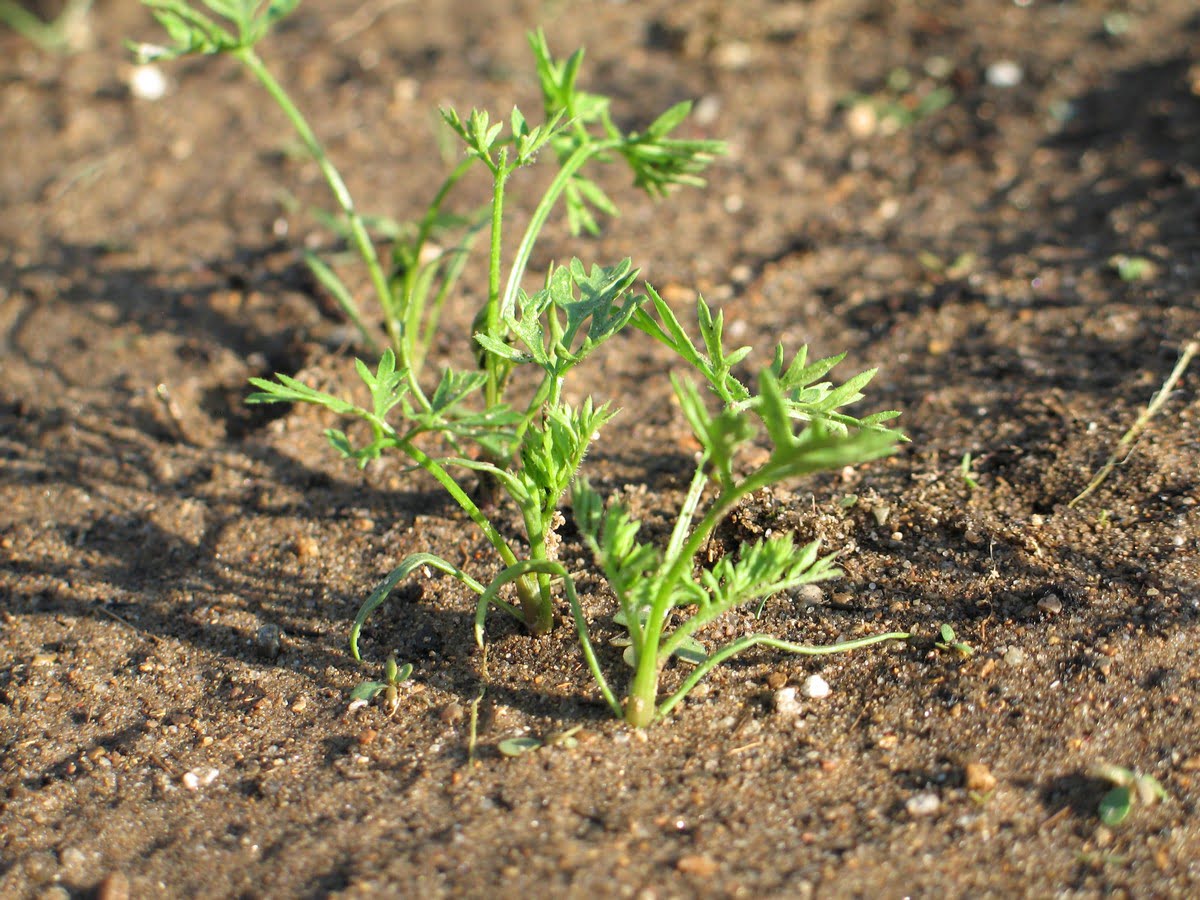
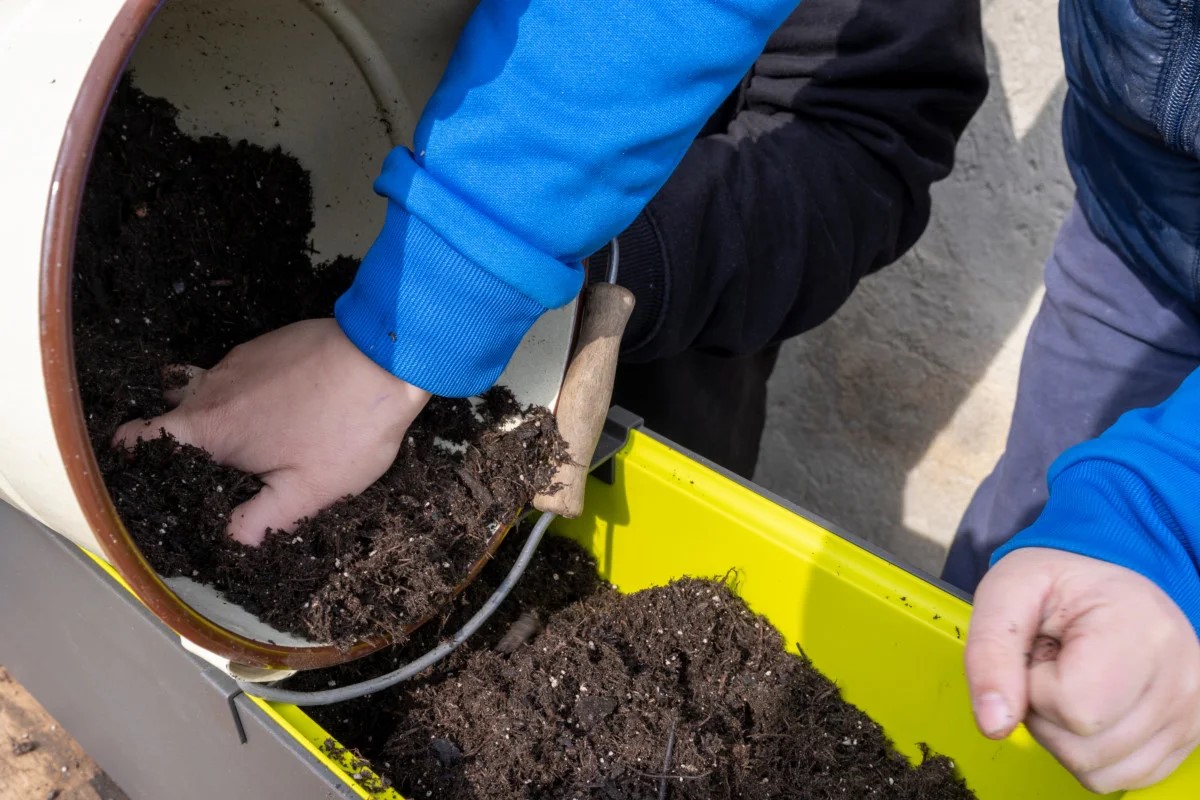

0 thoughts on “How To Plant Carrot Seeds”